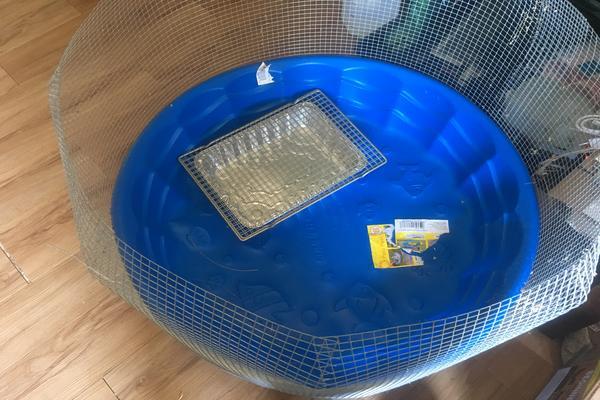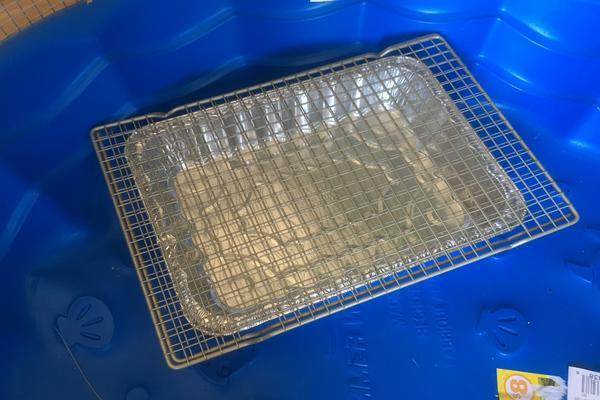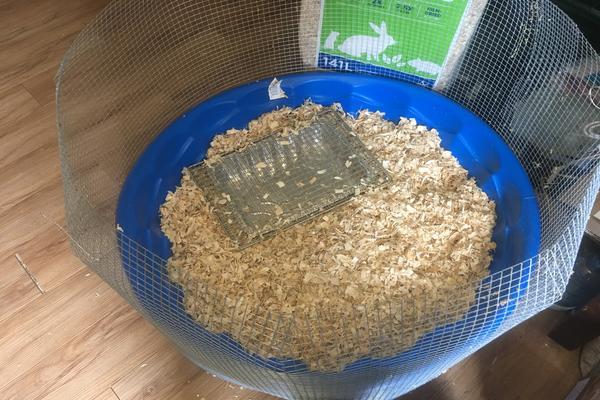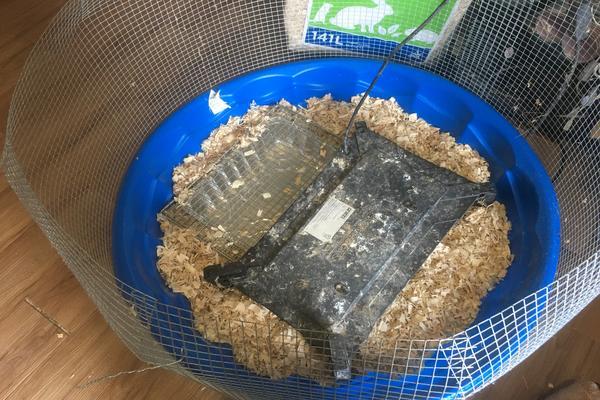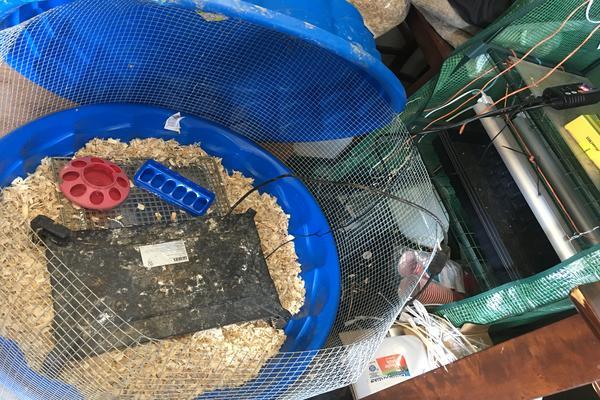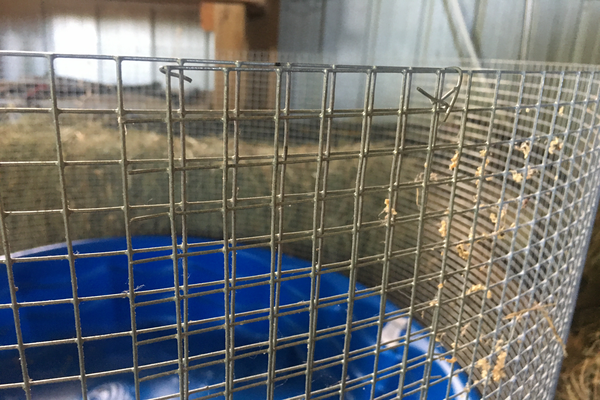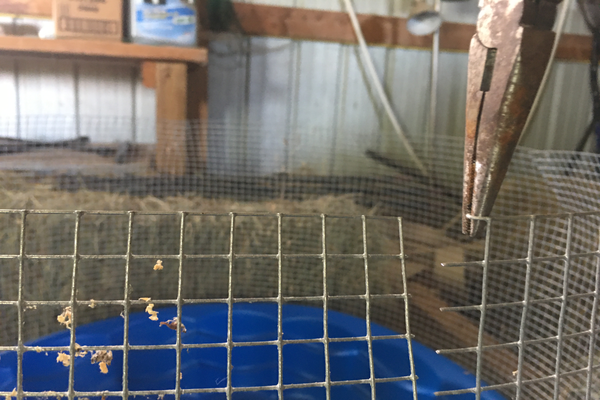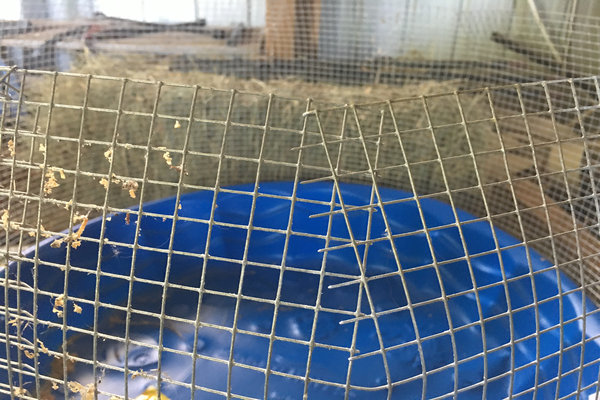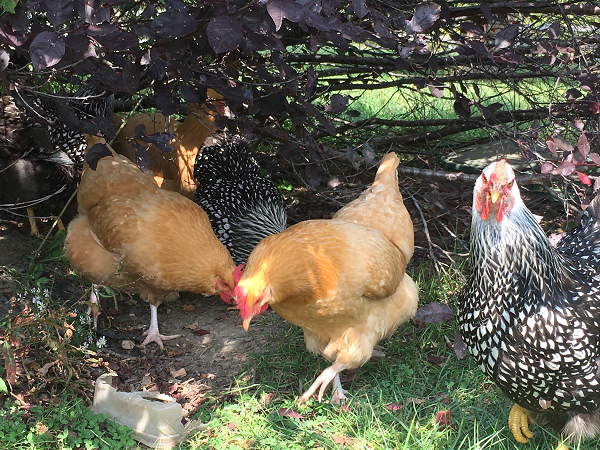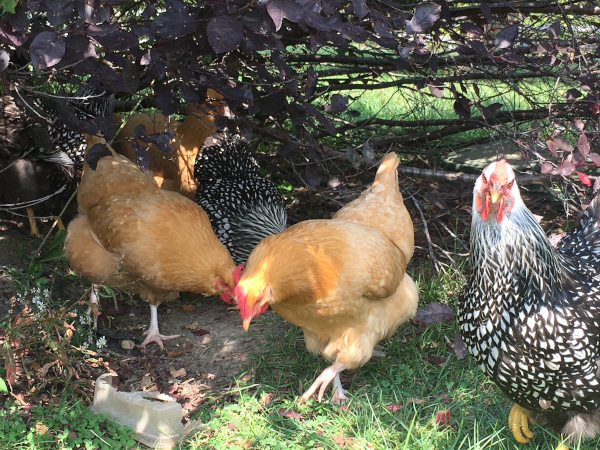
When thinking about chickens in a permaculture setting, you’re thinking about all the ins and outs in their life cycle. As a livestock animal, their care needs are fairly simple. They need fresh water, food, security from predators, and shelter from the climate. If they are allowed to eat anything but crumble, they’ll need grit for their crops to grind up their food.
They appreciate a dust bath but if you don’t provide that, they’ll construct one of their own. They may construct dust baths in addition, regardless of what you provide. Toss in some diatomaceous earth in to reduce parasite problems.
If you are raising chickens for eggs, and you don’t appreciate a daily egg hunt, you’ll want to provide some nest boxes with bedding that is convenient for you to check. If you want said eggs to hatch, you’ll want a rooster and the nests with a pathway to the ground for the chicks to exit without injury.
If your climate is hot, they’ll like shade and access to food and water without having to cross into the sun. If your climate is cold, they’ll need a draft-free place to sleep to protect them from wind, yet ventilated to reduce respiratory infections and frostbite.
You’ll want to locate an egg-layer coop close to your home (zone 1) as you will be visiting them often to check for eggs in the winter to prevent frozen eggs. Having electricity available to warm a water pan will save you from needing to haul water as often.
You will also want a method to deal with soiled bedding and manure. A moving coop is one solution to keep their droppings from building up in one area and is good for fertilizing pasture and gardens that are currently dormant. Deep bedding is another, but you will have to clean it out and move it to a place to compost. Chicken manure is considered “hot” and needs time and carbon to become good fertilizer. That said, as a single collection point, it is an easy way to add nitrogen to your compost pile. Make sure they are located close together.
A note about meat chickens: Meat chicken care is very similar to egg layers, however there are aspects you can skip if you don’t hatch your own, and only raise them seasonally.
We plan to raise some meat chickens in a chicken tractor (probably zone 2) and rotate them in the pasture with a electronet fence to let them forage for bugs and grass. We’ll buy enough chicks in the spring to cover our needs for the year and harvest them before winter to save on labor.
